Harihar Fort is a historical site located in Nashik, Maharashtra. It is a great attraction for those seeking a short vacation in the lap of nature; its lush greenery and amazing views of breathtaking surroundings act as a stress-busting dose for trekkers. As a result, it is widely known as one of the best places to visit in Maharashtra. From the peak of Harihar fort, you will get an astonishing view of the beauty of Mother Nature’s elongated hilltop. You can view many other forts near Nashik. Despite its narrowness, the Harihar fort trek is quite difficult.
History
Harihar fort or Harihar killa is located in the Trimbakeshwar Mountain Range. The Yadava Dynasty constructed the fort between the 9th and 14th centuries. This fort in Maharashtra has held great importance in preventing trade routes passed through the Gonda Ghat.
Harihar Fort was repeatedly attacked and seized by many invaders before the British Army took control of it. This was one among the several forts owned by the Ahmadnagar Sultanate. Along with the Harihar Fort, many other forts near Nashik like Trimbak, Tringalvadi, and a few other Poona (now Pune) forts were surrendered by Shahaji Bhosale to Khan Zaman in 1636.
Today, the fort is exclusively used as a trekking site. To get to the fort, you must climb a flight of rock-cut steps. It starts from two villages, Harshewadi and Nirgudpada.
Trekking
The remarkable thing about Harihar Fort Trek is that it appears to be rectangular from the base village. However, it is built on a triangular prism of rock. The rock edges are vertical, which makes this ancient fort stand apart. Because of these vertical steps, the trek is the most popular in all of the Sahyadri Range.
Although the trek to Harihar Fort or Harihar killa is relatively short, it is rather difficult. Your guide will be included to help you throughout your journey. These rock-cut stairs, which make up the last 200 feet of the trip, make for a nerve-wracking climb. It has a total of 200 steps and an 80-degree elevation. Because of the steep climb down and 500-foot drop at one point, the descent is extremely thrilling. The stair's architecture is both diverse and impressive. The valley below can be seen in a spectacular and sometimes frightening way.
Trek Route
The entire route of Harihar fort route is divided into two parts:
- The base village to the plateau
- Plateau to the peak through vertical steps.
Part 1
The wide trail leads from Kotamwadi Village to Trimbak, crossing the paddy fields on its way there. A short distance after crossing a field, the trail begins its gradual climb up the hill. As it makes its way through a dense forest, it eventually rises onto an open ridge. There's a ridge that connects the fort to it. Many small streams can be seen along the path during the rainy season.
After a short trek along the same trail, you will reach the plateau. In addition, there is a trail from Harshewadi village that leads to this location. After starting at a small lake, Harshewadi village's trail continues through jungles and open clearings. Compared to Kotamwadi, this route is shorter and simpler.
Part 2
There are a number of iconic vertical steps seen from the plateau. To stay refreshed for the fascinating and challenging trip ahead, there is a small shop at the end of the plateau. The fort is located at the crest of a big hill in the countryside. Rock-cut stairs of 60.05 meters in length make the climb quite difficult. In several places, the steps are worn out. There are notches on either side of the steps for holding onto. Steps can be quite slippery during the rainfall season.
Before reaching the Mahadarvaja, there are around 90 steps. After the entrance, the path continues on the left. On the left, there is a valley and on the right, a fort wall. From the left, you can see the village of Harshewadi. In this exact stretch, the ceiling is extremely low. There is another set of helical, rock-cut steps to be climbed after traversing the cross, which is harder than the previous ones.
Here, trekkers must climb roughly 100 steps to reach the top of the mountain. This cave-like chamber is reachable by a crawling trap door after climbing those steep steps. The peak of the fort can be reached by the passage of the cave. There is a small temple of Lord Hanuman and Shiva as well as a pond in front of it. A splendid view of Balekilla, the fort's highest peak, can also be seen from this point. After the fort, trekkers can hike for another 10-15 minutes to reach the highest point. On the peak's crest, there's only enough place for two people to stand at once.
Things to Remember
- There is no need to get permission from the tourism or forest departments for the Harihar Fort Trek.
- Timings of the Harihar fort trek are 12:30 PM to 2:00 AM.
- Minimum two litres of water, first-aid kit, glucose, and other personal care medicines need to be carried.
- During a monsoon trek, avoid wearing cotton shirts; wear quick-dry t-shirts instead.
- Carry a valid photo ID card.
- Carry several high-calorie dry food products that are ready to eat. Only a small shop is located for water and snacks on the plateau after leaving the base villages.
- For monsoon trekking, wear comfortable shoes and take an extra pair of socks, a poncho, and a windcheater.
- Carry a whistle that will be beneficial for emergency situations.
- Using a haversack instead of a sling bag or slide bag will make climbing more convenient.
- The public transportation routes for the return journey are limited after 3:00 p.m. to Nashik and Trimbak, respectively.
- Professionals suggest avoiding this trek for beginners and anyone with medical conditions. The second part, which involves a hard climb at a high altitude, is quite difficult.
Why You Should visit Harihar Fort
Harihar Fort in Nashik is a great place to explore history, nature and adventure. You can learn about the Yadava dynasty and other rulers of Maharashtra by visiting the ruins of the fort, and you can also enjoy nature's beauty by trekking up the hill. In comparison to other treks, this one is full of excitement and thrill.
Best Season for the Harihar Fort trek
The best time to visit Harihar Fort for a trek is from July to February. During this season, you can enjoy a beautiful view of the town from the Harihar fort. Sahyadris are most attractive during the monsoon season. At this time, grass will cover each field and trail in the villages. The hilltop offers a clear view of the prominent forts and peaks during the monsoon season's rains.
The spectacular Harihar Fort surrounds striking natural beauty that continues to draw hundreds of daring trekkers and thrill-seekers. If you love history, or if you want a once-in-a-lifetime experience, Harihar Fort should be on your bucket list. Make sure to get it added as an activity to your Maharashtra tour package.










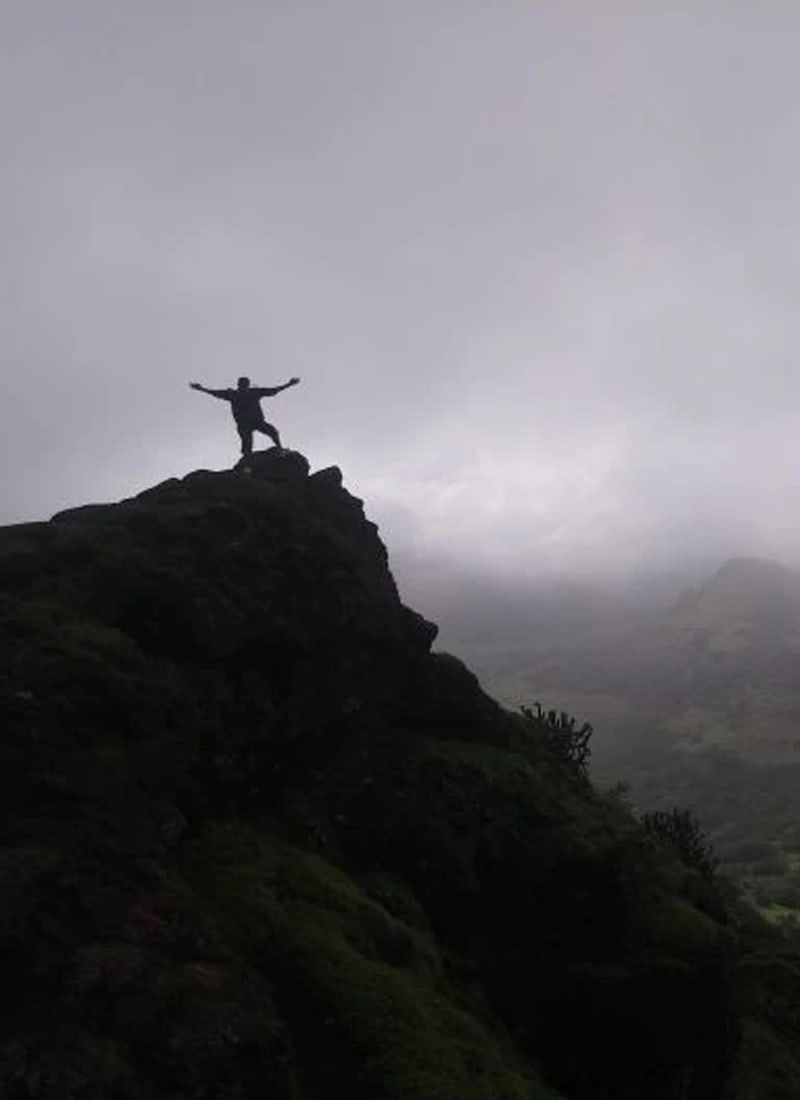
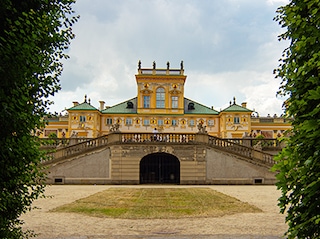



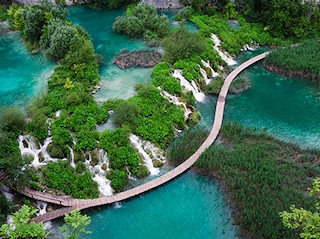




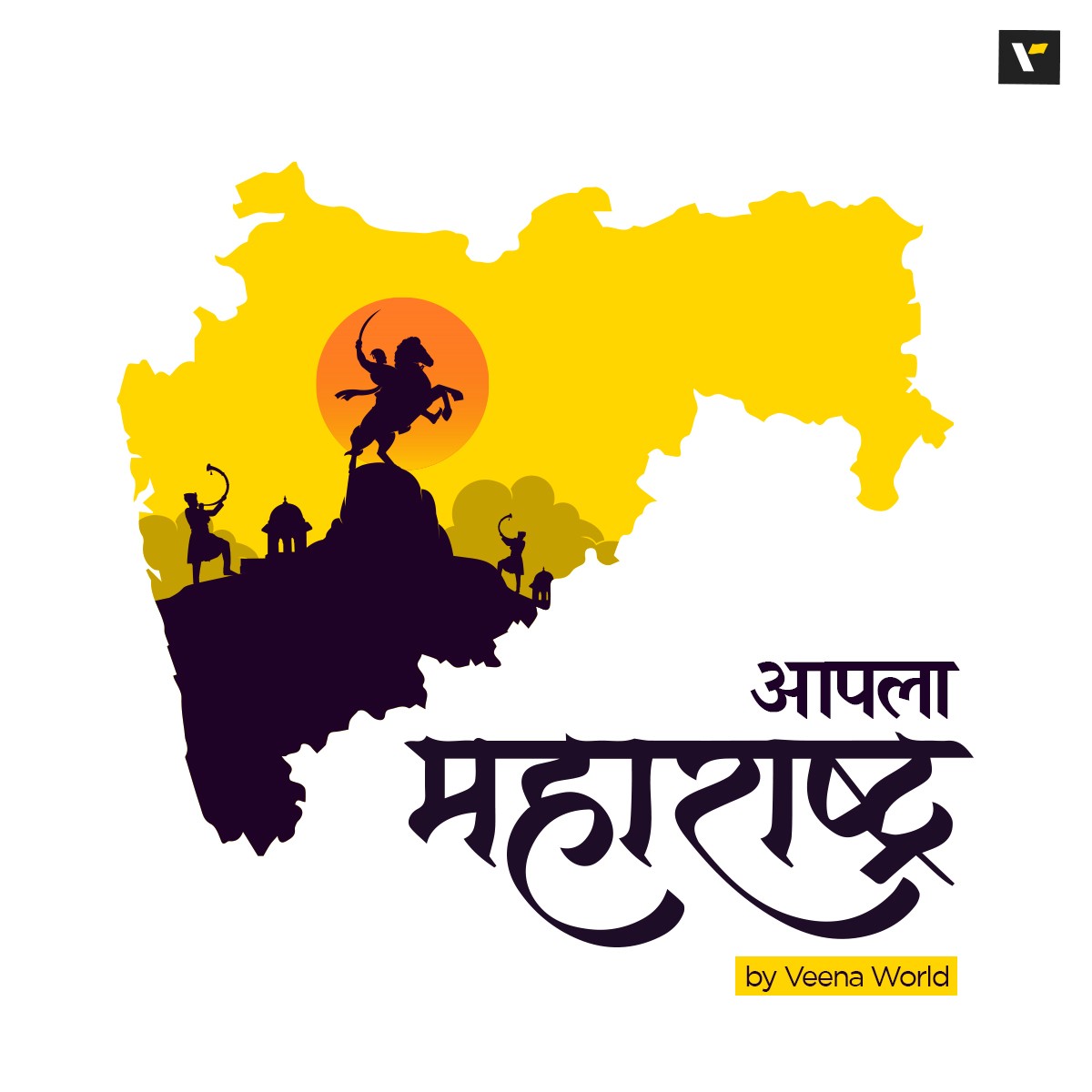










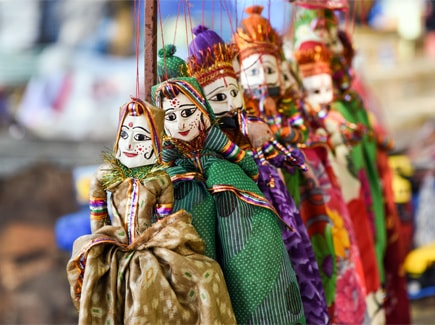

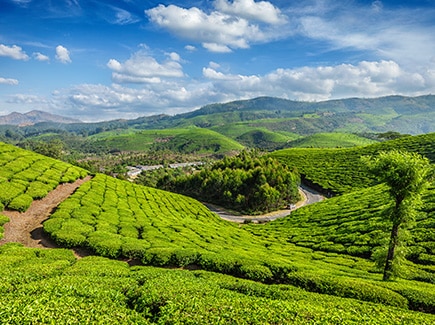

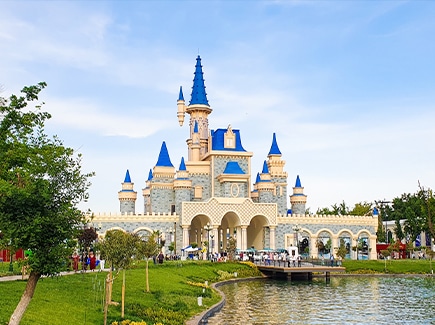
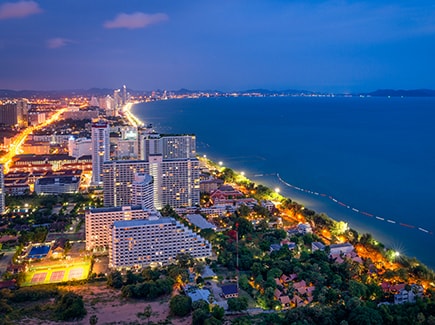

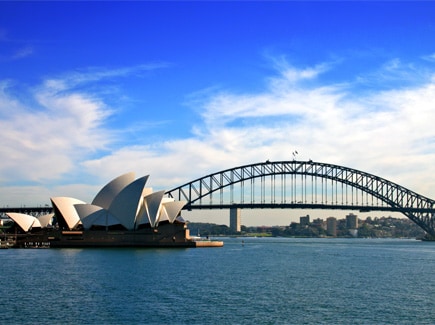




Post your Comment
Please let us know your thoughts on this story by leaving a comment.